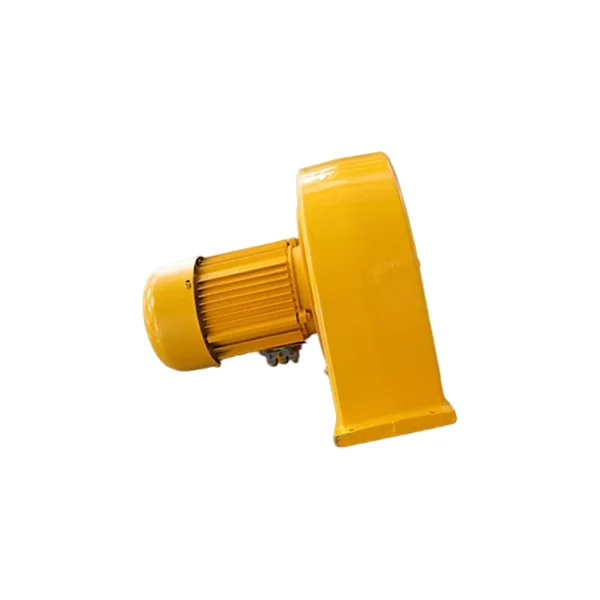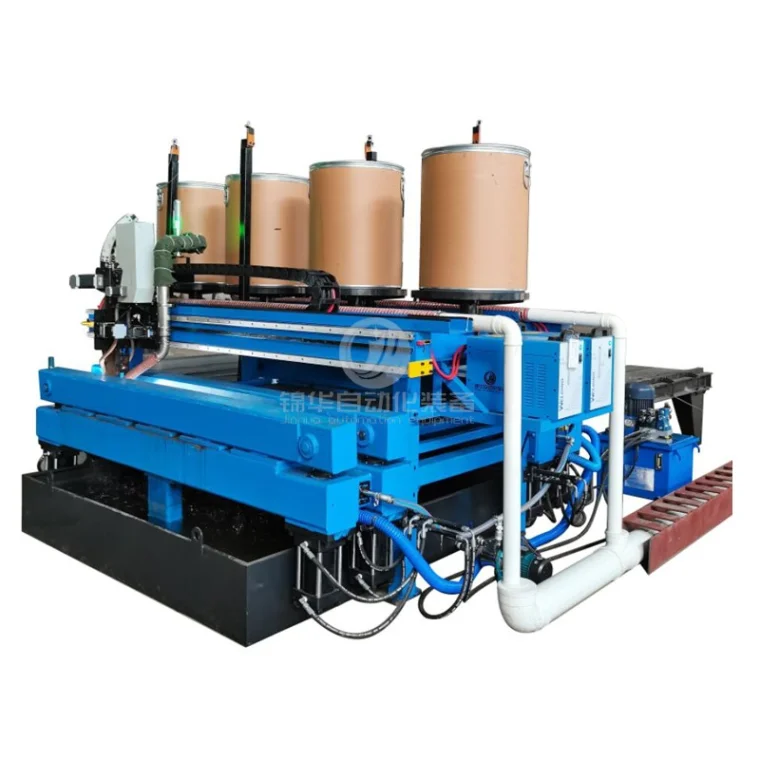Fuel Injection Systems Unveiled: Exploring the Diverse Types and Their Impact on Engine Performance
3 min readFuel injection systems play a pivotal role in modern internal combustion engines, significantly influencing performance, efficiency, and emissions. As automotive technology continues to evolve, understanding the various types of fuel injection systems becomes essential for both enthusiasts and professionals in the field. This article delves into the different types of fuel injection systems, their mechanisms, advantages, and applications, providing a comprehensive overview for those looking to deepen their knowledge.
- The Basics of Fuel Injection
Before diving into the specifics, it’s crucial to understand the fundamental purpose of fuel injection systems. These systems are designed to deliver the precise amount of fuel into the combustion chamber of an engine, ensuring optimal air-fuel mixture for efficient combustion. This process is critical for maximizing power output, improving fuel efficiency, and minimizing harmful emissions.
- Types of Fuel Injection Systems
Fuel injection systems can be broadly categorized into two main types: Port Fuel Injection (PFI) and Direct Fuel Injection (DFI). Each type has its unique characteristics, advantages, and applications.
2.1 Port Fuel Injection (PFI)
Mechanism: In PFI systems, fuel is injected into the intake manifold, where it mixes with air before entering the combustion chamber. This method has been widely used in gasoline engines for decades.
Advantages:
- Better Atomization: The fuel is atomized as it enters the intake manifold, promoting a more homogeneous air-fuel mixture.
- Lower Emissions: PFI systems tend to produce lower emissions during cold starts due to better fuel vaporization.
- Simplicity and Cost: PFI systems are generally simpler and less expensive to manufacture and maintain compared to DFI systems.
Applications: PFI is commonly found in older gasoline engines and many entry-level vehicles, where cost-effectiveness and reliability are prioritized.
2.2 Direct Fuel Injection (DFI)
Mechanism: DFI systems inject fuel directly into the combustion chamber at high pressure, allowing for precise control over the fuel delivery process.
Advantages:
- Increased Efficiency: DFI systems can achieve higher thermal efficiency, resulting in improved fuel economy and power output.
- Enhanced Performance: The ability to inject fuel at various points in the combustion cycle allows for better performance tuning, especially in turbocharged engines.
- Reduced Knock: DFI can help reduce engine knock by allowing for a cooler combustion process.
Applications: DFI is prevalent in modern high-performance gasoline engines, including those found in sports cars and luxury vehicles, as well as in some diesel engines.
- Hybrid Systems: Combining PFI and DFI
In recent years, manufacturers have begun to explore hybrid fuel injection systems that combine the benefits of both PFI and DFI. These systems utilize PFI for low-load conditions and DFI for high-load scenarios, optimizing performance and efficiency across a range of driving conditions.
Advantages:
- Flexibility: Hybrid systems can adapt to varying engine demands, providing the best of both worlds.
- Emissions Control: By utilizing PFI during cold starts and low-load conditions, these systems can significantly reduce emissions.
Applications: Hybrid systems are increasingly found in newer models of vehicles, particularly in those designed for improved fuel efficiency and reduced environmental impact.
- Emerging Technologies in Fuel Injection
As the automotive industry shifts towards electrification and alternative fuels, innovative fuel injection technologies are emerging. These include:
4.1 Multi-Point Fuel Injection (MPFI)
An evolution of PFI, MPFI systems use multiple injectors for each cylinder, allowing for more precise fuel delivery and improved performance.
4.2 Sequential Fuel Injection
This technology allows for the injection of fuel into each cylinder at precisely timed intervals, enhancing performance and reducing emissions.
4.3 Alternative Fuel Injection Systems
With the rise of alternative fuels such as hydrogen and biofuels, new fuel injection systems are being developed to accommodate these fuels, ensuring compatibility and efficiency.
- Conclusion
Understanding the different types of fuel injection systems is essential for anyone involved in the automotive industry, from engineers to mechanics and enthusiasts. Each system has its unique advantages and applications, influencing engine performance, efficiency, and emissions. As technology continues to advance, staying informed about these developments will be crucial for optimizing vehicle performance and meeting environmental standards.



